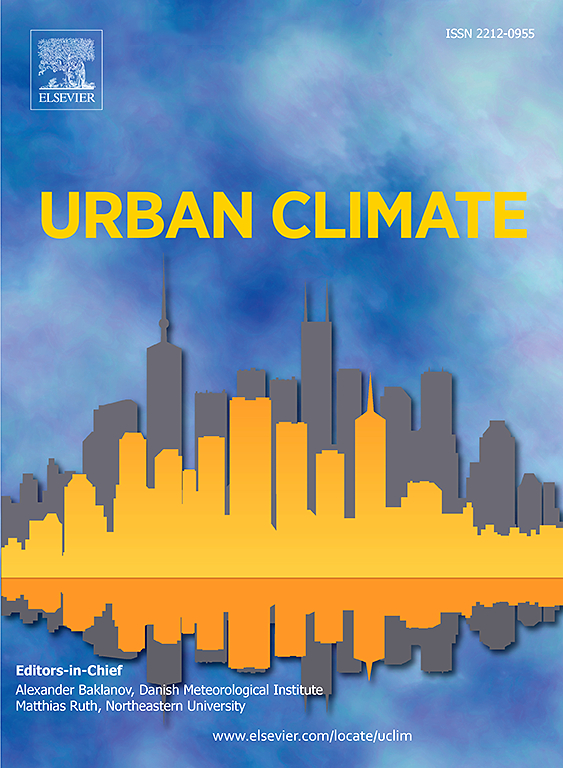Combined effects of future urban development and rainfall patterns on flood characteristics in the Qinhuai River basin
IF 6
2区 工程技术
Q1 ENVIRONMENTAL SCIENCES
引用次数: 0
Abstract
The spatial patterns of urban development and storm characteristics significantly influence flood forecasting and early warning systems in watersheds. This study simulated the spatial distribution pattern of urban land cover under different future scenarios by coupling multi-objective programming (MOP) with the Path-Generating Land Use Simulation (PLUS) models. Then, the HEC-HMS model was used to analyze the response between urban spatial and storm patterns. Results indicated that natural environmental factors contributed significantly to cropland, forest, and grassland, while socioeconomic factors primarily influenced other land types. 6-h and daily rainfall data analysis consistently recognized common storm types—early, late, and mid-peak (Types I, II, and III). With increasing rainfall intensity, the peak flow of Type I occurs earlier. For all scenarios (Natural, Rapid urban, Ecological conservation, Coordinated development), Type II exhibited the highest peak flows, averaging 31.1 % and 8.5 % higher than Types I and III. Under the rapid urban development scenario, peak flow and volumes for all storm types were the highest. Urban development patterns significantly affected flood processes at the subbasin scale, while variations in rainfall patterns impacted the basin scale more significantly. Future urban planning should balance economic growth with ecological sustainability and guard against Type II rainfall patterns during flood prevention.
未来城市发展与降雨模式对秦淮河流域洪水特征的综合影响
城市发展的空间格局和暴雨特征对流域洪水预报预警系统有显著影响。采用多目标规划(MOP)与路径生成土地利用模拟(PLUS)模型相结合的方法,模拟了不同未来情景下城市土地覆盖的空间分布格局。然后,利用HEC-HMS模型分析了城市空间与风暴模式之间的响应。结果表明,自然环境因子对农田、森林和草地的影响显著,而社会经济因子对其他土地类型的影响主要。6 h和日降水数据分析一致识别出常见的暴雨类型:早峰、晚峰和中峰(I、II和III型),随着降雨强度的增加,I型的峰值流量出现的时间越早。在所有情景(自然、快速城市、生态保护、协调发展)中,类型II的峰值流量最高,平均比类型I和III高31.1%和8.5%。在城市快速发展情景下,所有风暴类型的峰值流量和体积都是最高的。城市发展模式显著影响次流域尺度的洪水过程,而降雨模式变化对流域尺度的影响更为显著。未来的城市规划应平衡经济增长与生态可持续性,并在防洪期间防范II型降雨模式。
本文章由计算机程序翻译,如有差异,请以英文原文为准。
求助全文
约1分钟内获得全文
求助全文
来源期刊

Urban Climate
Social Sciences-Urban Studies
CiteScore
9.70
自引率
9.40%
发文量
286
期刊介绍:
Urban Climate serves the scientific and decision making communities with the publication of research on theory, science and applications relevant to understanding urban climatic conditions and change in relation to their geography and to demographic, socioeconomic, institutional, technological and environmental dynamics and global change. Targeted towards both disciplinary and interdisciplinary audiences, this journal publishes original research papers, comprehensive review articles, book reviews, and short communications on topics including, but not limited to, the following:
Urban meteorology and climate[...]
Urban environmental pollution[...]
Adaptation to global change[...]
Urban economic and social issues[...]
Research Approaches[...]
 求助内容:
求助内容: 应助结果提醒方式:
应助结果提醒方式:


